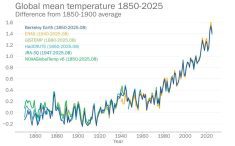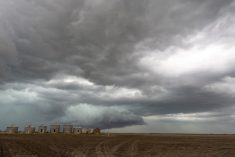Reuters — There is a 60 per cent chance of La Niña weather conditions emerging in September-November and they are expected to persist through January-March 2025, a U.S. government forecaster said on Thursday.
“It still looks like a weak La Niña will form over the coming months and should be short lived… that being said other factors continue to favor overall favorable precipitation across the croplands of Australia during their summer regardless of whether La Nina is a major player or not,” AccuWeather’s lead international forecaster Jason Nicholls said.
Read Also

U.S. grains: Wheat recovers on short covering, soy continues to fall
Chicago | Reuters – Chicago wheat futures found their footing on Thursday on short covering but remained near eight-week lows…
La Niña, a climatic phenomenon characterized by cooler-than-average ocean temperatures in the central and eastern equatorial Pacific, is associated with both floods and droughts affecting global agriculture, and higher Caribbean hurricane activity.
The cycle between El Niño, La Niña, and a neutral phase typically lasts two to seven years. La Niña usually brings less rain and worsening drought conditions which also has the potential to affect agriculture globally.
Earlier this week, Japan’s weather bureau said that there were no signs of El Niño or La Niña phenomena at this moment, but characteristics of La Niña were approaching.
— Reporting for Reuters by Rahul Paswan in Bengaluru















